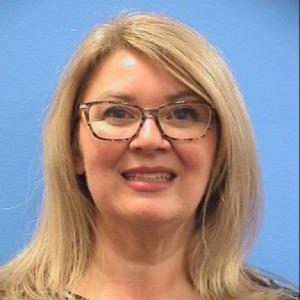Title : Floating is a specialty! “You sink, We float!”
Abstract:
Learn the innovative way in which an academic medical center excels in providing quality nursing care through the creation and implementation of a specialized central float pool. This 1,000-bed health system is comprised of three hospitals on one campus that maintain a thriving environment of quality patient outcomes through innovation and partnership. To combat the possibility of turning patients away, loss of revenue to outside avenues, and decreasing the quality of care rendered due to staffing issues, the Central Staffing Resource (CSR) department and float pool were developed. Unlike other generic float pools, CSR partnered with the organization to create five specialty clusters: Adult Critical Care (ACC), Adult Telemetry Care (ATC), Adult General Care (AGC), Pediatric Acute Care (PAC), and Pediatric Critical Care (PCC). The intent of these clusters is to provide unique care possibilities across 41 inpatient units. Each unit serves a specific patient population, resulting in the need for CSR staff to be well-versed in many clinical competencies to achieve positive outcomes while ensuring patient satisfaction.
CSR provides specialized training, skills, and experiences for their nurses during orientation, empowering them to provide exceptional care in up to 17 specialized units specific to each cluster. CSR employs more than 700 registered nurses, unlicensed personnel, and clerical staff, as well as manages operations for an additional 300 patient attendants. CSR is committed to forming a partnership with other UMH team members to better serve the welfare of patients and families by establishing and maintaining safe staffing standards.
Providing specialized supplemental staffing ensures high-quality, safe, and effective patient care. Specialty float nurses are utilized on an anticipated and unanticipated basis. Outcomes include improved staffing ratios, the development and implementation of staffing strategies for long-term needs, effective monitoring to address inpatient throughput and occupancy issues, and reduced institutional overtime. This structured program can be mirrored and/or modified in other organizations resulting in “world-class” expert care and patient outcomes.



